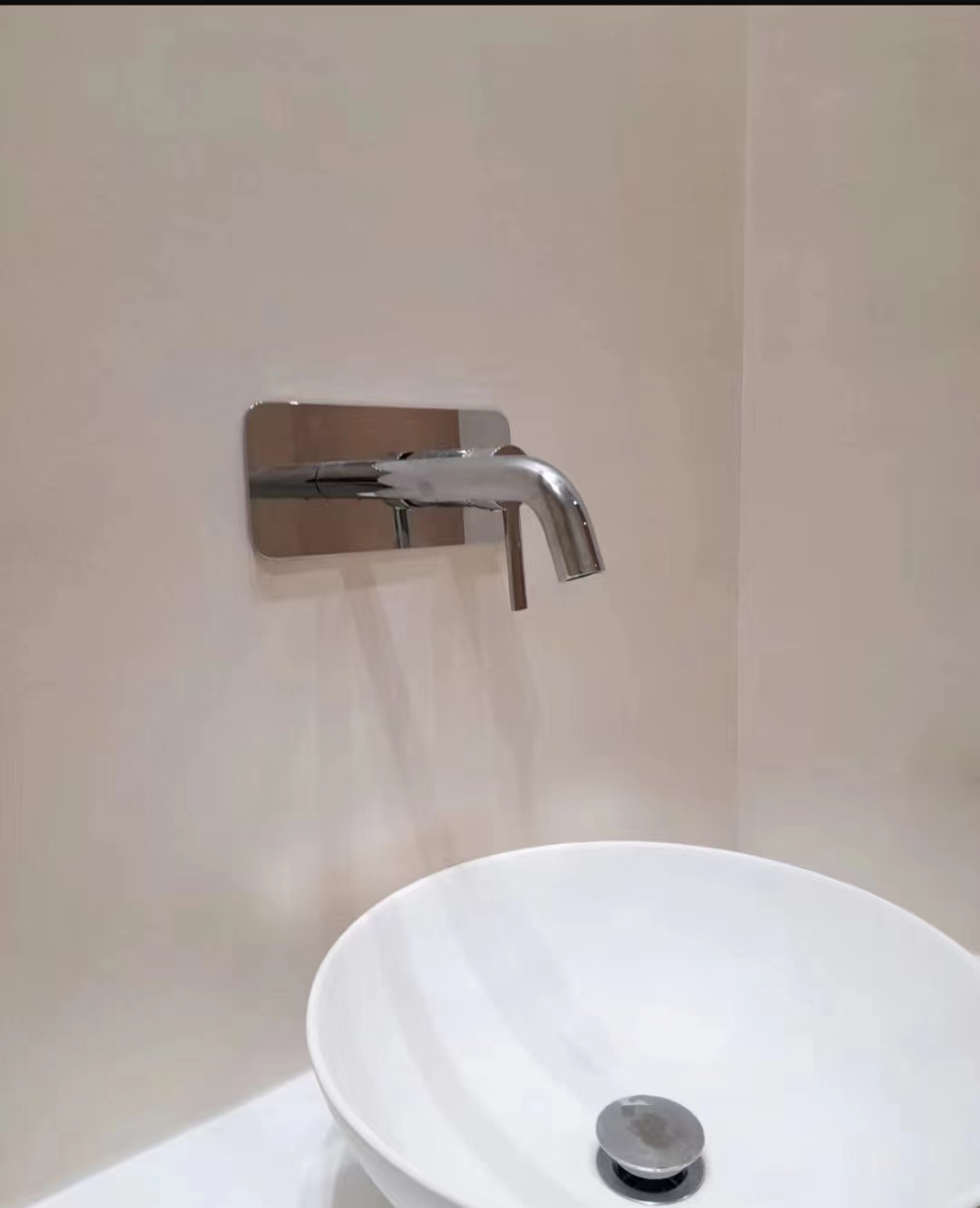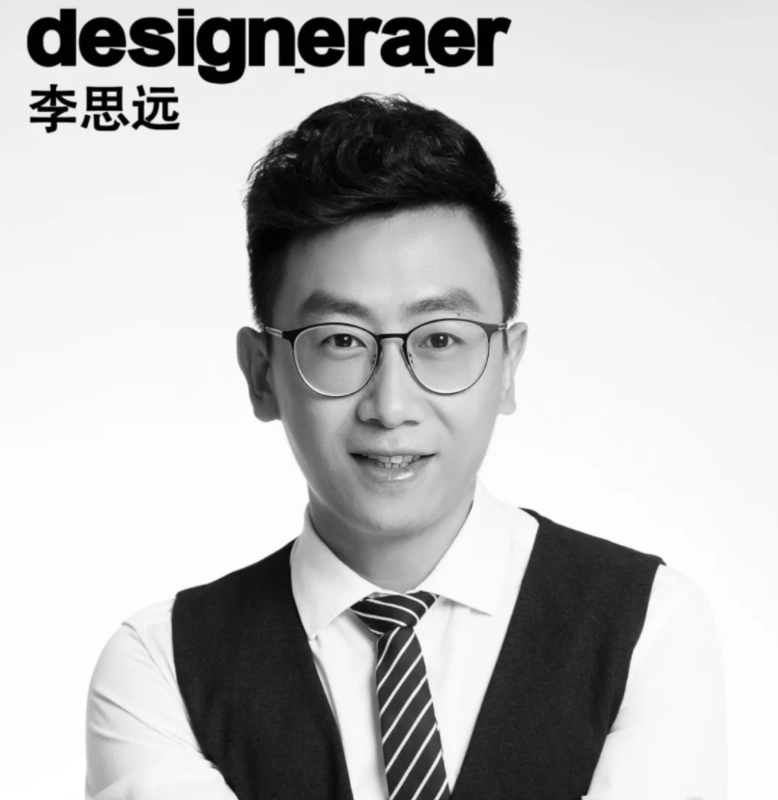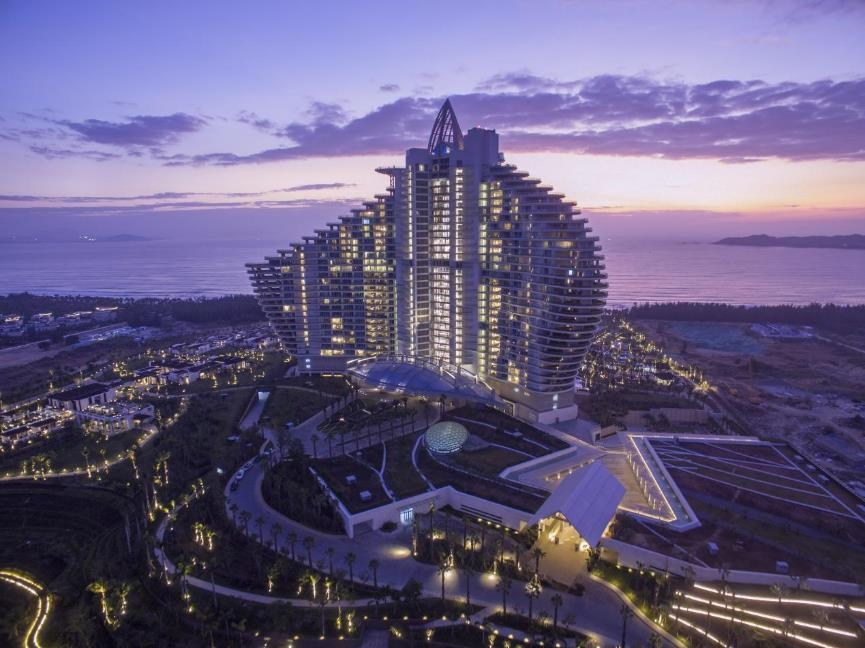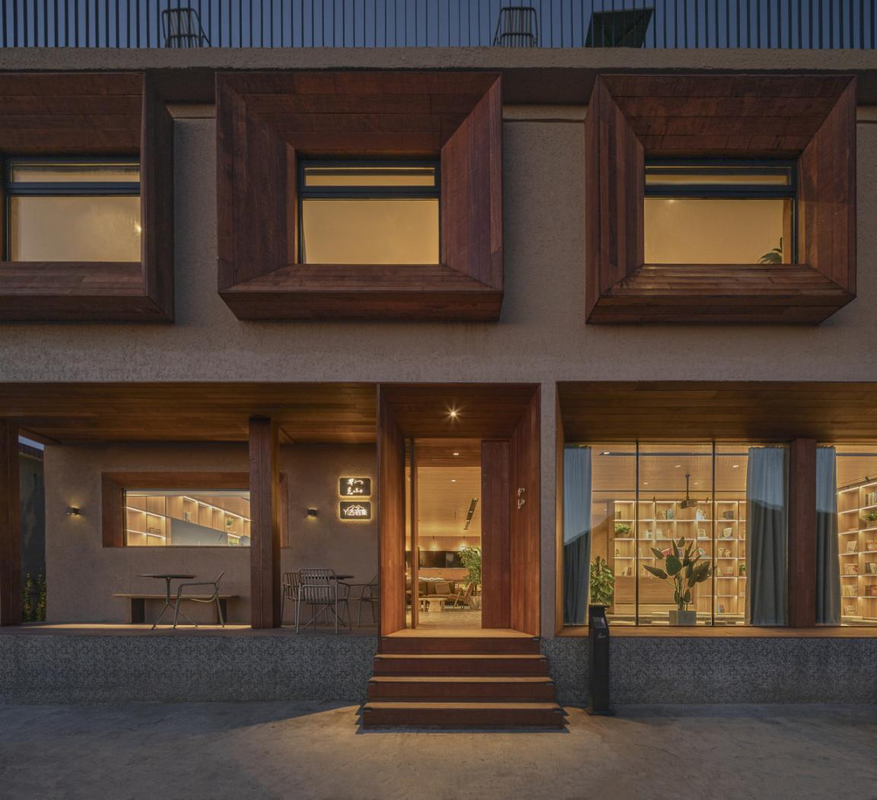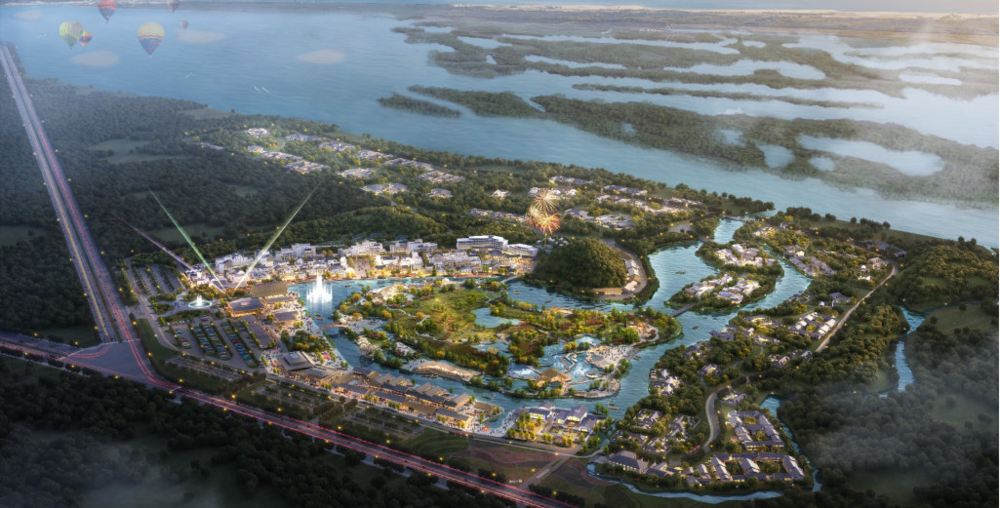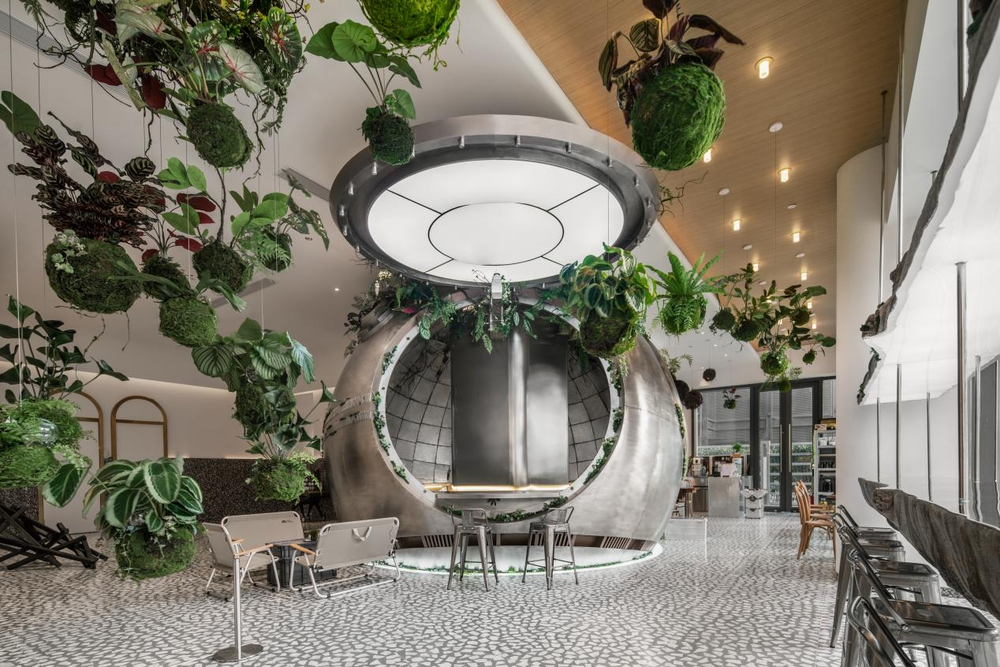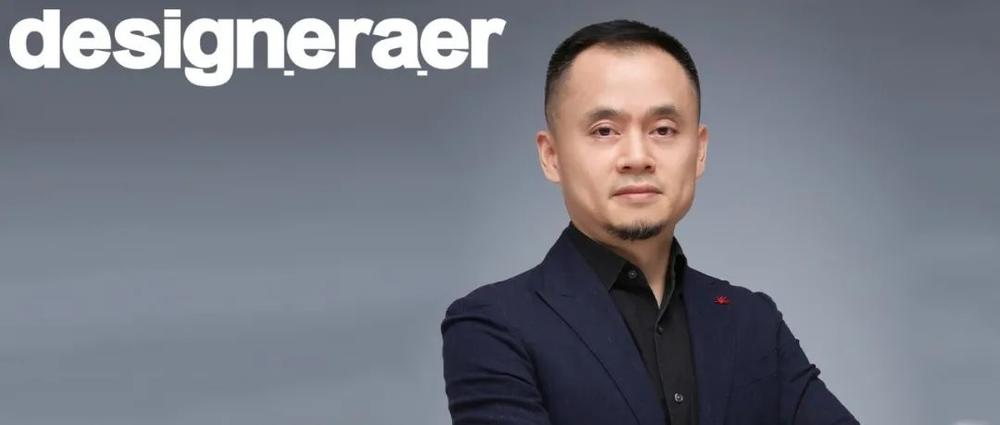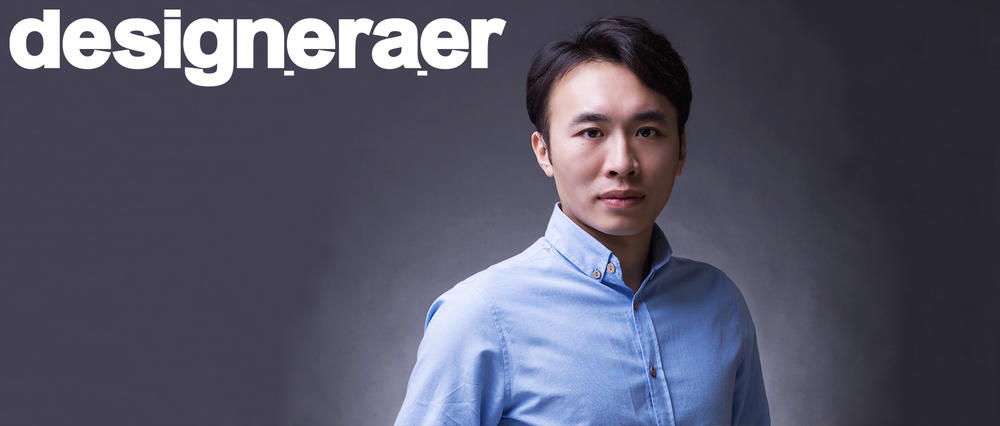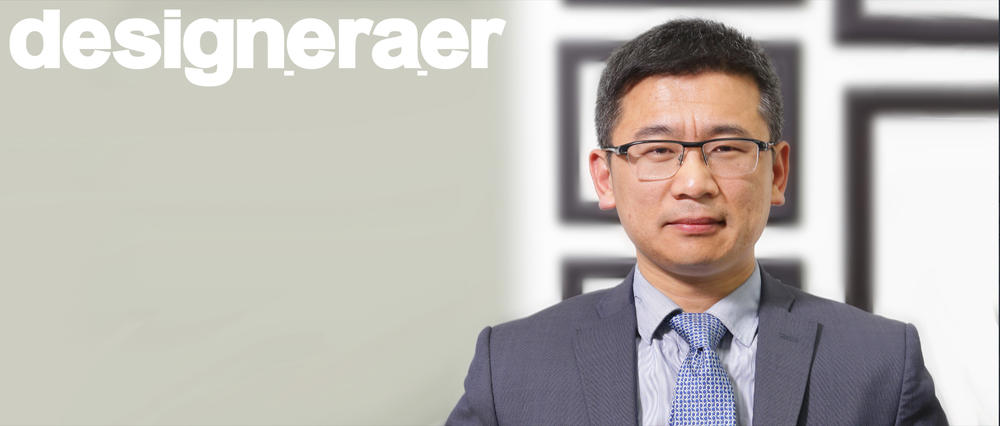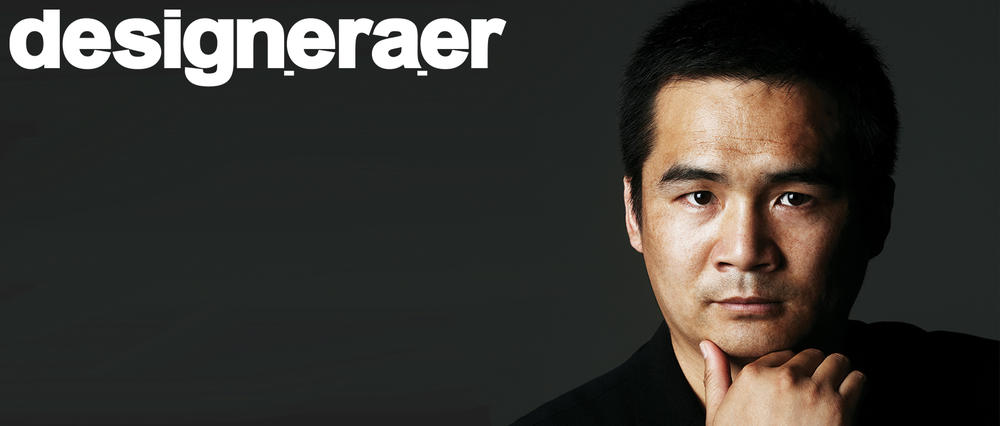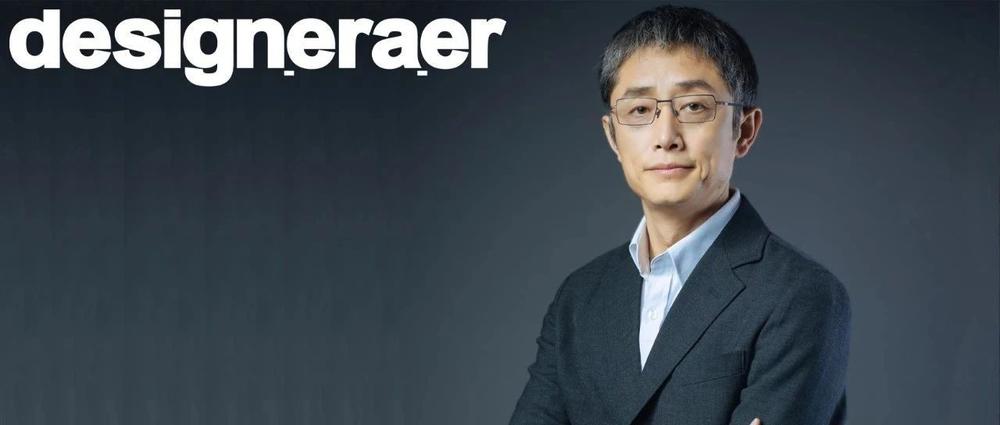×
·
蒋晓飞 × John van de Water
NEXT 建筑事务所于 1999 年在荷兰阿姆斯特丹成立,2004 年在中国落地,由国内知名建筑师蒋晓飞与创始人约翰·范德沃特主持。NEXT 中国团队凭借得天独厚的中西合璧的文化优势和独具匠心的设计风格,以国际化视野平衡文化、社会、功能、生态、经济的多方需求,在城市规划、商业综合体、办公建筑、酒店、文化建筑、住宅、室内设计、桥梁设计等多领域开展可持续性设计。
NEXT 在中国享有很高的声誉,是在中国发展的外籍建筑设计事务所中最具代表性的事务所之一。近几年,NEXT 更是受到荷兰王室的青睐。2015 年,中方合伙人蒋晓飞受到荷兰国王特邀接见;2018 年,荷兰王后到访 NEXT 建筑事务所北京公司做主题交流。
My name is John van de Water, I'm an architect from Holland. And I've been very grateful that, let me think back, Nineteen ninety nine, so twenty one years ago, I came first to China. I was graduated as an architect from Delft University. We founded NEXT architects immediately after graduating together with our three other partners. And our first project was a research project which is called the Image of Metropolis. So we traveled to twenty six of the biggest cities on earth in just a time spent of four months in nineteen ninety nine. And this was my first acquaintance with China (Beijing), the first Chinese cities. And also the acquaintance with the amazing culture and a big design question. I thought China was facing, how to modernize, but how to relate it still back to your to your 5000 year old old history and culture.
▲ NEXT办公空间 © 图片源自网络
In 2001, I came back to give a lecture at Tsinghua University. And in the lecture, there was somebody sitting in the lecture hall, and this person was Jiang Xiaofei, my current partner, but I didn't know he was sitting in the lecture hall, but he told me many years after. In 2004, I came back to really established Next Beijing, and then very quickly I met the Jiang Xiaofei again. And we just started trying whether we could really work together on projects based on his contribution and understanding of Chinese culture and my Western and foreign way of thinking Of what could be possible or what we could design? And we've been still working very, very harmoniously I would say, but also with a mutual kind of thinking in architecture. So I'm proud to these on projects that are not Dutch not Western, but they are really influenced by Chinese culture and by Chinese thinking.
▲ NEXT办公空间 © 图片源自网络
我们去年在荷兰做了一个可以被水淹的桥 —— Zalige大桥,首先桥可以被水淹是一个新鲜的概念,其次桥随着洪水位上下变化,跟自然的关系引发人更深度的思考,在荷兰引起比较大的轰动。
乡村振兴最重要的就是可持续发展,比如在江西金溪大坊村,我们把传统的水稻改为种植香料植物,农民收入增加。建筑师在做乡村振兴的时候,不是说做完就完了,而是要让村落持续发展。
项目最初叫莫比乌斯桥,在汇报的一分钟,我把它改名叫中国结桥,因为我发现它更像中国结,在汇报的时能明显感觉到当中国结桥这个观点的时候,政府的领导包括评委都有明显的眼前一亮的感觉。中国结桥在实施的过程难度也很大,因为我们对桥的形态做了极致的探讨,这个桥最终由几条飘带形成,实际上要把所有结构、受力、台阶塔布和中间的关联,全部在几个飘带上解决,难度非常大。
中国结桥也延展到很多方面,被收录到荷兰的中学课本里,被设定为竞赛课题,美国国家地理也专门派团队到长沙拍摄,后续吉普也希望在这个桥上拍摄广告,有很多很多相关性的延展。一个建筑的影响力绝对不限于建筑本身,它有更多的社会性。但是我觉得国内建筑圈子相对封闭,我一直提倡建筑要走出去,让社会理解,提升大家对城市,对社会,对自己生存环境的认识。
事务所包括建筑设计公司非常多,但是因为机会等各种限制条件,80%的事务所包括建筑设计公司从事的更多是一些社会性的、跟经济相关的建设活动(比如大型楼盘设计等),只有20%的事务所在做引领性的项目。
约翰:对我个人来说,人工智能更多的是一个设计工具,它向我们展示了更多可能性,但它并不能取代设计。我认为人工智能是不能在设计中产生灵感机缘(serendipity)和设计的。灵感机缘(serendipity)对我们办公室非常重要,这意味着每个人都可以测试一个想法的未来价值。所以我们不仅研究以前做过的事情,还测试这些想法对于未来意味着什么。人工智能在这点上有局限,至少它们不能生产这个过程与思考。通过测试未来的价值,我们会遇到一个叫做“灵感机缘(serendipity)”的时刻。它就像设计思考中的一个闪光,一些可能与项目并无关联的东西突然冒出来,就有了一个创新的基于之前的新想法,就像过去被投射到未来。所以对我来说,AI作为一种工具非常有用,但它不能取代设计。
For me, this artificial intelligence is a design tool, so it's showing what is possible, but it's not replacing design. I think one aspect that AI cannot produce serendipity in design, serendipity and design, I think it's something very important in our office that means that ideas go from person to person, and we can test this idea on their future value. So we don't only research what has been done before, but we test these ideas of what could it mean for the future. And I think there's a limit to AI at this moment at least that they cannot produce this. And sometimes by testing what is the value for the future, we come up with a moment which is called serendipity. It's like an excellence in design thinking, something that maybe doesn't have to do something with the project, but suddenly comes on the table, and then there's like a new idea, and there's new ideas based on what has been done before, but it's like being projected into the future. So for me, AI is very helpful as a tool, but it's not replacing design.
约翰:我们是一个创意工作室,虽然我们成立也快20年了,但仍然自认为是一个年轻的设计工作室。作为一个以创造为中心的工作室有很多美好方面,特别是对年轻人来说。比如今天你可以参与一个重要桥梁的设计工作,下一个就可能是机场、商业园区或摩天大楼,给年轻人提供了很大的空间来展现创意和创造力。所以工作室的年轻设计师们有很大的灵活性,愿意学习、成长、发展。我和蒋晓飞认为我们的职责是提供好的学习环境,给他们发展空间,来帮助提高他们概念设计能力。这是我们在中国过去近20年在做的事情,也将继续做下去。
We are creative office, And we still tend to think that we are a young office, although we are already twenty years old and found twenty years ago. And being a creative office has a lot of beautiful things, because especially for young people, one day, you can work on an important bridge and the next day or the next project, you work on an air field or an airport. And the next project might be like a business park or like a high rise tower. So this allows a lot of space for young people to to develop their creative ideas and their creative capacity. So this requires also a lot of flexibility from our young designers in our office, willing to learn and want to learn and want to develop. Me and Jiang Xiaofei we consider this is our duty in our offices to provide this environment to learn and give the space for them to develop and to just develop their conceptual design capacity. So this is something we can working on for the last sixteen years in China. And we will continue to do this.
▲ 北京月季博物馆 © NEXT建筑事务所
09
时机时机:您在中国工作生活了十几年,对中国的设计有什么思考?
约翰:我们认为设计不会局限于文化,这是它最有趣的地方,这也是我至今在中国生活和工作超过16年的原因。作为一个荷兰人,中国文化丰富了我的思维、设计能力、设计理念和在中国的语境下“荷兰性”的思考。文化不是静止的,文化是不断发展变化的,这是我个人和办公室最重要的设计问题之一。一个有意思的思考是,作为外国建筑师我们能为中国文化的发展带来什么?我们每天都在实践和设计当中找答案。
We also think and I also think that design is not limited to culture and this is where it becomes interesting. I think regarding your question as about China, this is also the reason why I've been living and working in China for over sixteen years now, because I think that being a Dutch person in a Chinese context, in Chinese culture enriches my thinking, my design ability with also my design philosophy and questioning being Dutch and questioning Dutchness in a Chinese context. The belief behind it is that culture is not something static, culture is something that is always evolving and changing and developing. And this is one of the most important design questions for me as a person, but also for us as an office.And the question of course is what we can bring as foreign architects to this evolving of Chinese culture. That is a very intriguing question where every day we have worked on in our practice and we design with.
另一个在中国常见的设计问题应该是时间问题。我们都知道在设计领域几乎没有时间来推敲改进设计,但我认为推敲设计是非常必要的环节。有时我觉得城市和建筑就是产生GDP的机器,对时间的限制也限制了我们完成一个可能在5年,10年,15年,20年后仍然优质、有趣、漂亮,对环境有益的建筑。所以我认为这是在中国背景下第二个重要的设计问题,我们作为建筑师或设计师如何设计出在更长时间不会褪色的作品,我们应如何为更长远的未来设计。
And if I would add another common design question for China, I think it's the issue of time. Because, like we all know,in the design field there is almost no time always in designing and developing your project. But I think the design is a very important aspect in design. And sometimes I feel that cities and buildings are too much like machines to generate GDP. And thinking, thislimit of time, restricts us also to design buildings that maybe in five, ten, fifteen, twenty years are stillgood buildings, interesting buildings, nice buildings, buildings that contribute to the environment. So I would also pose that as a second important design questionwithin the Chinese context.How can we as architects or designers to design longer periods without losing the important things that are here today. But how can we design for a longer future ahead.
主编:田宁
采访人:Alex,der媒体部
统筹:田宁,Alex
拍摄:der媒体部
视频:田宁
实录校对:Kelly,Alex
时机时机APP @designeraer栏目组
